
A new study used brain imaging data from over 1,000 patients with Major Depressive Disorder (MDD) and healthy controls to identify distinct neurophysiological subtypes of depression. This groundbreaking research advances the understanding of MDD’s heterogeneity and could lead to more personalized treatment approaches based on individual brain connectivity patterns.
New research reveals that functional connectivity can distinguish between various disease subtypes.
Not only is major depressive disorder (MDD) one of the most prevalent mental health conditions, affecting more than 8% of the U.S. population, but it also manifests in diverse ways among individuals. Although recent research has made progress in understanding the neurological foundations of various depression subtypes, thereby paving the way for improved treatments, there is still much to explore. Now, a new study in Biological Psychiatry, published by Elsevier, identifies multiple subtypes of MDD using brain imaging.
John Krystal, MD, Editor of Biological Psychiatry, said of the work, “We have long known that disorders like major depressive disorder are highly heterogeneous. This study in a large sample of depressed patients provides leads that can be pursued in subtyping depression on the basis of functional magnetic resonance imaging (fMRI) tests that measure the degree of coordination across brain regions, also known as ‘functional connectivity.’”
The researchers used resting-state fMRI collected at multiple clinical sites from a large cohort of more than 1,000 MDD patients and over 1,000 healthy controls (HC). The study used the so-called normative model, which uses data from a large reference population to quantify individual deviations, much like the growth charts used by pediatricians. The researchers examined the functional connectivity among brain regions and mapped individual functional deviations in the MDD patients compared to this normative prediction across the lifespan.
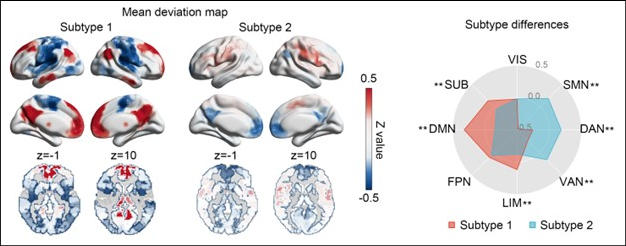
Brain imaging maps and a functional deviation map of the two depression subtypes across brain regions. Credit: Biological Psychiatry
Senior author Mingrui Xia, PhD, from Beijing Normal University, said, “This approach led to the identification of two reproducible neurophysiological subtypes exhibiting distinct deviation patterns, depressive item scores, and longitudinal treatment predictability.”
One subtype of patients showed severe positive deviations – indicating increased brain connectivity – in the default mode network, limbic, and subcortical areas, and negative deviations in the sensorimotor and attention areas. The second subtype of patients featured a milder and opposite pattern of deviation, highlighting the heterogeneity of depression at the neurophysiological level. The authors speculate that the altered activity could be related to the tendency to ruminate in people with MDD.
The work is particularly exciting in that it moves the field toward finding biomarkers, or biological markers, of depression, which currently relies on patient-reported clinical symptoms for diagnosis, treatment, and prognostics. Biomarkers could offer a way to improve all these aspects of treatment for MDD.
Dr. Xia went on to say, “These findings shed light on the diverse neurobiological mechanisms from a connectomics perspective underlying the complex clinical heterogeneity observed in individuals with depression. The implications of this research are far-reaching, providing valuable insights into the development of imaging-based candidate biomarkers. These biomarkers have the potential to guide future precise diagnostic and treatment strategies tailored to each patient’s specific neurophysiological subtype.”
Dr. Xia noted, “By embracing the concept of neurophysiological subtypes, we can potentially revolutionize the field of mental health by enabling clinicians to personalize treatments based on an individual’s unique connectome characteristics. This approach opens up new avenues for precision medicine and holds the promise of improving therapeutic interventions for depression.”
Reference: “Mapping Neurophysiological Subtypes of Major Depressive Disorder Using Normative Models of the Functional Connectome” by Xiaoyi Sun, Jinrong Sun, Xiaowen Lu, Qiangli Dong, Liang Zhang, Wenxu Wang, Jin Liu, Qing Ma, Xiaoqin Wang, Dongtao Wei, Yuan Chen, Bangshan Liu, Chu-Chung Huang, Yanting Zheng, Yankun Wu, Taolin Chen, Yuqi Cheng, Xiufeng Xu, Qiyong Gong, Tianmei Si and Mingrui Xia, 7 June 2023, Biological Psychiatry.
DOI: 10.1016/j.biopsych.2023.05.021


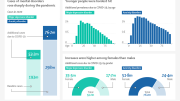

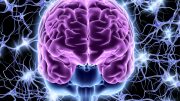
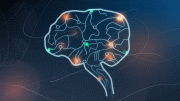
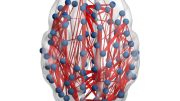
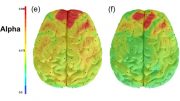
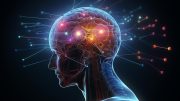
Be the first to comment on "Scientists Identify New Brain Imaging-Based Biomarker of Depression"